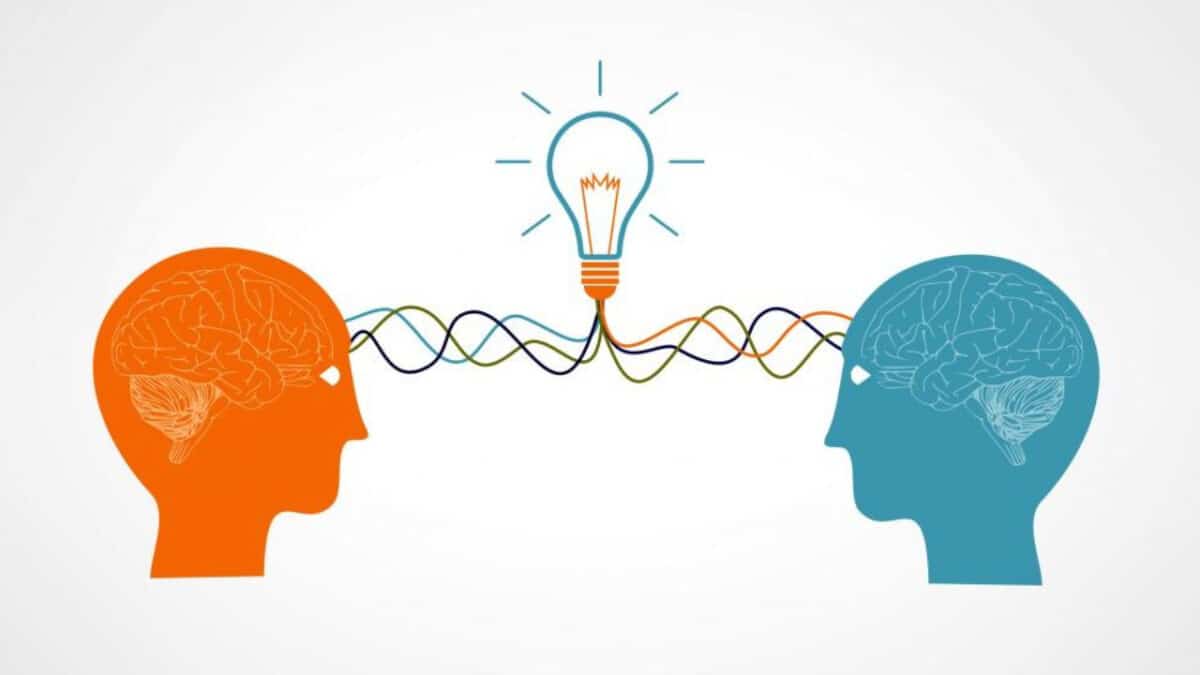Bridging Tangents is a forum for brain injury survivors and the people who support them. .
A Rehab Support Worker (RSW) is an unregulated hospital and community care professional who follows rehab goals prescribed by a number of regulated professionals such as Physiotherapists, Occupational Therapists, Speech Language Pathologists, Social Workers, Psychologists, etc., when working with brain injury survivors.
RSWs implement functional activities designed from these goals and practice them with the ABI survivor in their natural, community-based setting.
One of the main goals of an RSW is to put the ‘fun’ in functional activity. Why? Because relearning a skill or a strategy following a brain injury often involves an incredible amount of repetition. You can imagine just how frustrating and time consuming this can be! And when you’re having fun, it doesn’t really feel like you’re working. This helps to pass the time needed to learn or re-learn the skill or task at hand.
Rehab Support Work has such a wide scope of practice I find it necessary to focus on what I believe should be its main function…bridging.
Like a damaged brain trying to repair itself, recovery is all about making connections. RSWs help survivors identify bad connections, repair old connections and create new ones, by bridging different environments, activities and communication between all members of the treatment team.
Tangents do not intersect, they go off on a completely different line of thought or action.
The transition from hospital to home and the relationship changes that occur pre/post brain injury are common examples of rehab tangents.
Our RSWs at Galit Liffshiz & Associates hold degrees, diplomas and certifications in Kinesiology, Psychology, Behaviour Therapy, Occupational/Physiotherapy Assistant, Qqua Therapy, mindfulness and other health-related fields of study.
So fellow adventurers, please put on your safety belt and helmet (both literally and figuratively). We are about to embark on a journey into the mysterious world of ABI Rehabilitation.
3-2-1. Let’s bridge some tangents!
Submitted by: Kris Mamaril


